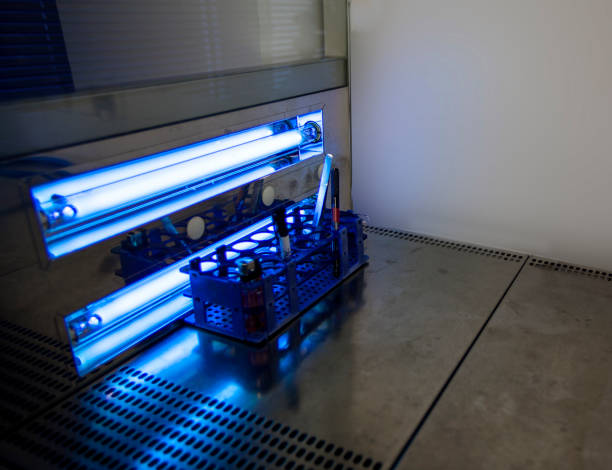What to Look at When Buying a Nitrate Sensor

Utilizing UV LED technology, the nitrate sensor gauges the concentration of suspended nitrate in water. The Nitrate Sensor computes concentration levels by nitrate suspended in seawater by inspecting its absorption of UV light. These days, there are many nitrate sensors, and for you to get the right one, you have to do your homework. No matter how great a seller states his or her products are, you must not take their word as the entire truth. Here are tips for buying nitrate sensors.
How will you mount your nitrate sensor?
Nitrate sensors are generally heavy and large, and you should consider various mounting options. Sensors need to be effortlessly reached for maintenance hence should be situated somewhere with plenty of space. Also, they should be mounted in spaces that satisfy safety standards for walkways and handrails. Immersion mounting is the most common way to mount nitrate sensors. It offers direct measurement of the process water by immersing the sensor directly into a stream or basin. There are two sorts of immersion mounting, namely, swing/chain or rigid mount.
The second type of nitrate sensor mounting is a flow-thru cell. This is great for clean water applications like drinking water, water reuse, and treated wastewater effluent. Immersion mount might be impossible for these uses since there are no suitable location requirements.
Secondly, be keen on maintenance requirements. Although nitrate sensors have few maintenance needs and don’t need reagents, they still require occasional attention to perform maximally. Maintaining a clean sensor is crucial to its performance. Nitrate sensors usually have automatic cleaning systems that are effective in lessening the overall time needed to maintain them.
However, occasional manual cleanings are still needed for optimal performance. Taking away the sensor after every two weeks for manual cleaning does wonders in lowering likely measurement problems. Manual cleaning is a one-minute task that involves washing out the measuring gap using clean water, putting a cleaning solution, dusting with a soft cloth, and cleaning thoroughly.
The third element you should put into consideration is the pave length. Pave length is the distance between the source of light and the detector, and it is imperative for spectrophotometric measurement. Pave length is an element in the calculation of absorbance and is affected significantly by the turbidity of the test water. For that cause, nitrate sensors have rigid path lengths and offer dissimilar gaps for particular uses. There are 1mm, and 5mm pave length options.
The 1mm gap is good for monitoring untreated wastewater as well as secondary treatment owing to the high turbidity that’s typically associated with these applications. On the other hand, the 5mm gap is used in monitoring wastewater with low turbidity, treated effluent and can at times be adjusted to some drinking water or surface water uses. However, you will find manufacturers who produce gap lengths of 10-50mm, depending on the kind of use.
As you can see, landing on a good nitrate sensor is not an easy task but one that demands commitment. By paying attention to the points explained above, you will be sure of getting your suitable match.
